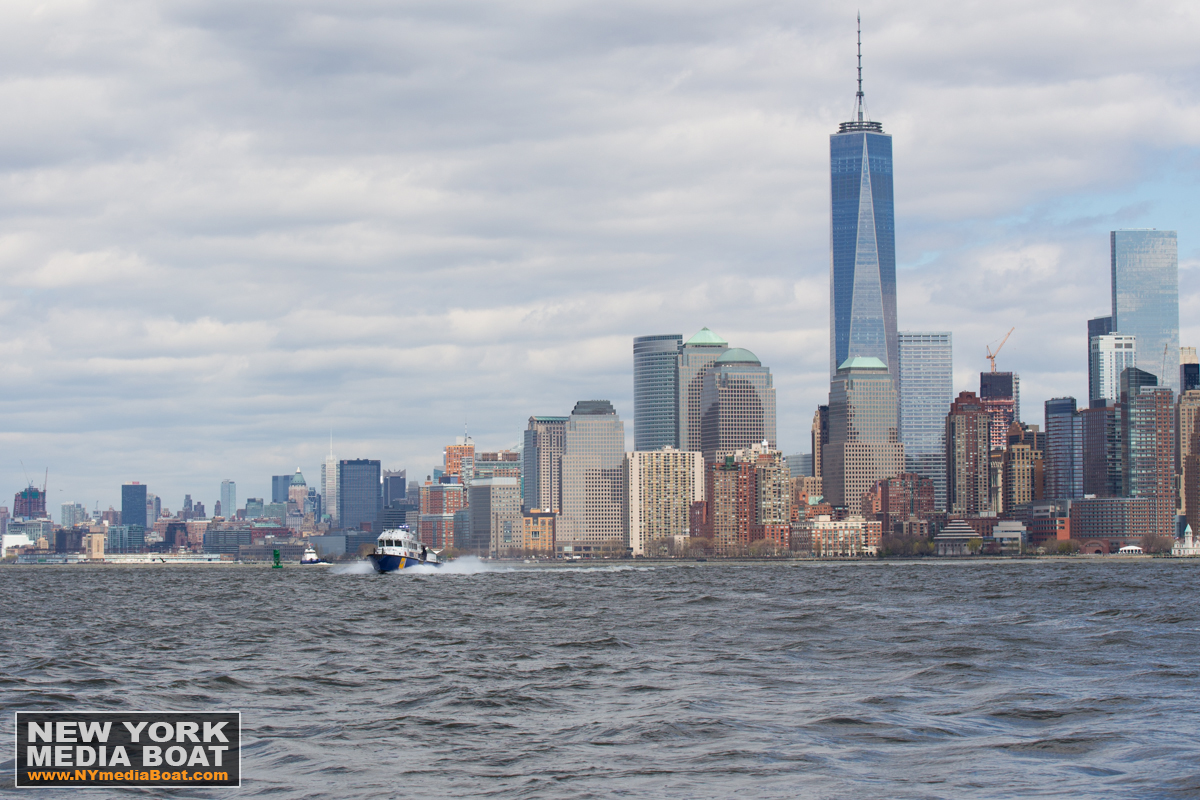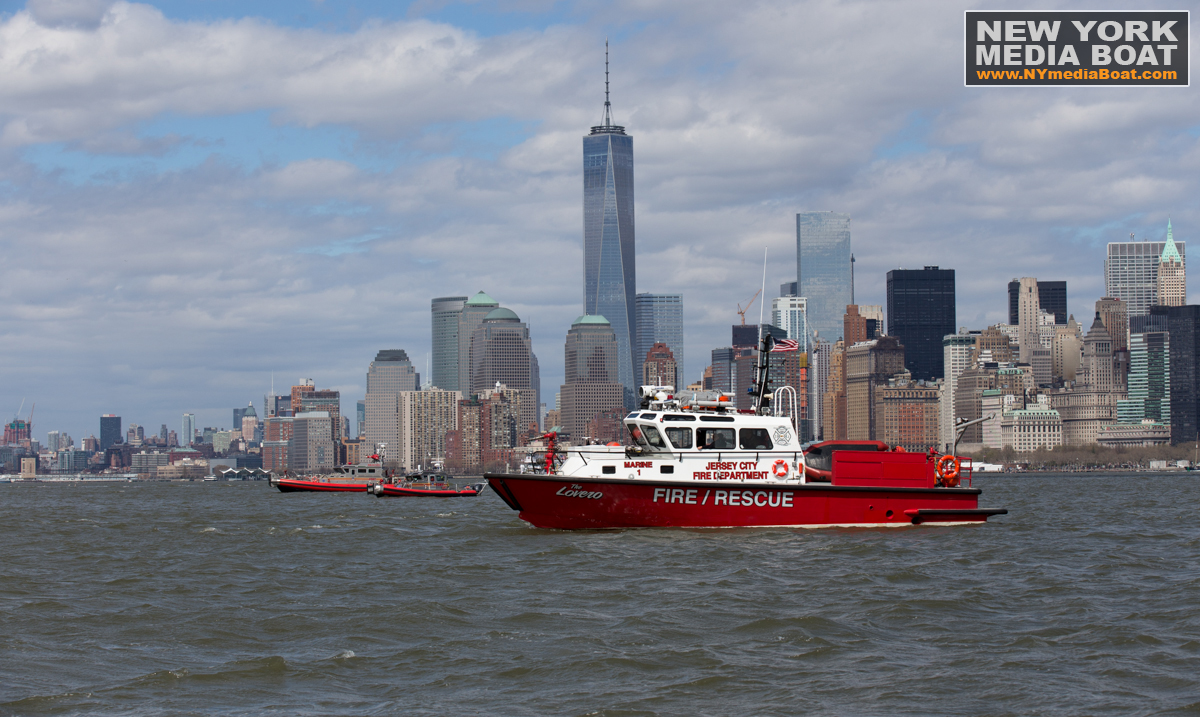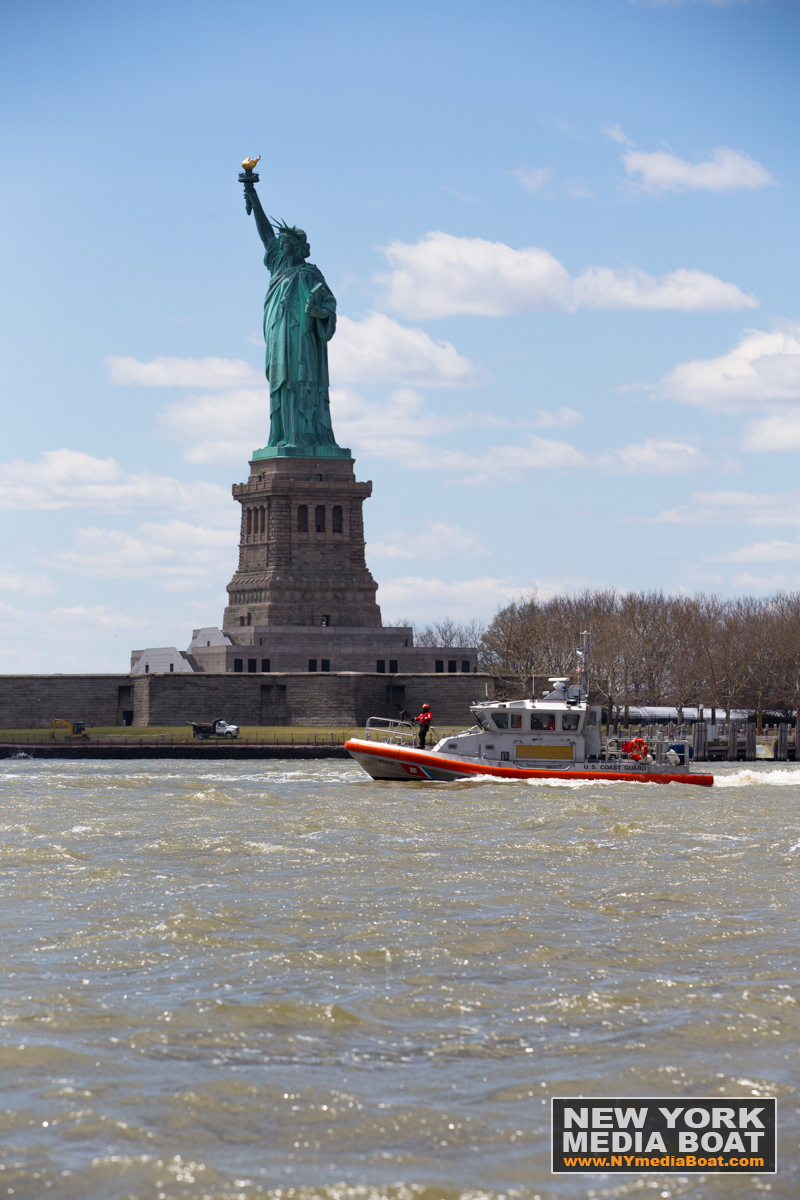Thick fog engulfed the Verrazano Bridge as we left New York Harbor heading east for a job off Atlantic Beach. Running solely by instruments, we navigated to East Rockaway inlet in about an hour, when a Mayday broadcast came across the VHF radio at 16:20:
“MAYDAY. This is the ‘Sea Lion’. We’re sinking. Men in the Water.
Water in the wheelhouse. This is our last transmission. We’re going down.”
The broadcast was promptly followed by the US Coast Guard relaying the Mayday and a position of N43.32.xxx, W073.46.177.
I wrote down the numbers and plotted the coordinates. Surprisingly the location showed close to Lake Champlain in upstate New York, about 180 miles to the north, making it unlikely that I was able to hear the actual radio transmission from the ‘Sea Lion’ so clearly. I deemed the given coordinates as improbable and started working the on-board navigation system pulling up a list of close-by ships. Most commercial vessels are outfitted with an AIS transceiver as part of an automated tracking and collision-avoidance system, and chances were that she was still transmitting.
There she was! SEA LION — right on top of that list with a position only about two nautical miles to the south. Putting down the throttle, we made it to the scene in just a few minutes, running 30+ knots in 6-foot seas and less than 200 feet visibility.
The Sandy Hook Pilots also responded, dispatching one of their smaller vessels that was stationed at the entrance to Ambrose Channel. [Read our New Jersey Monthlystory on the Sandy Hook Pilots here].
The Pilot boat was able to pick three crewmembers out of the water, before being prop-fouled by a rope and unable to reach the sinking tug.
There were all sorts of lines, plastic, oil, wood, and other detritus floating everywhere around us.












